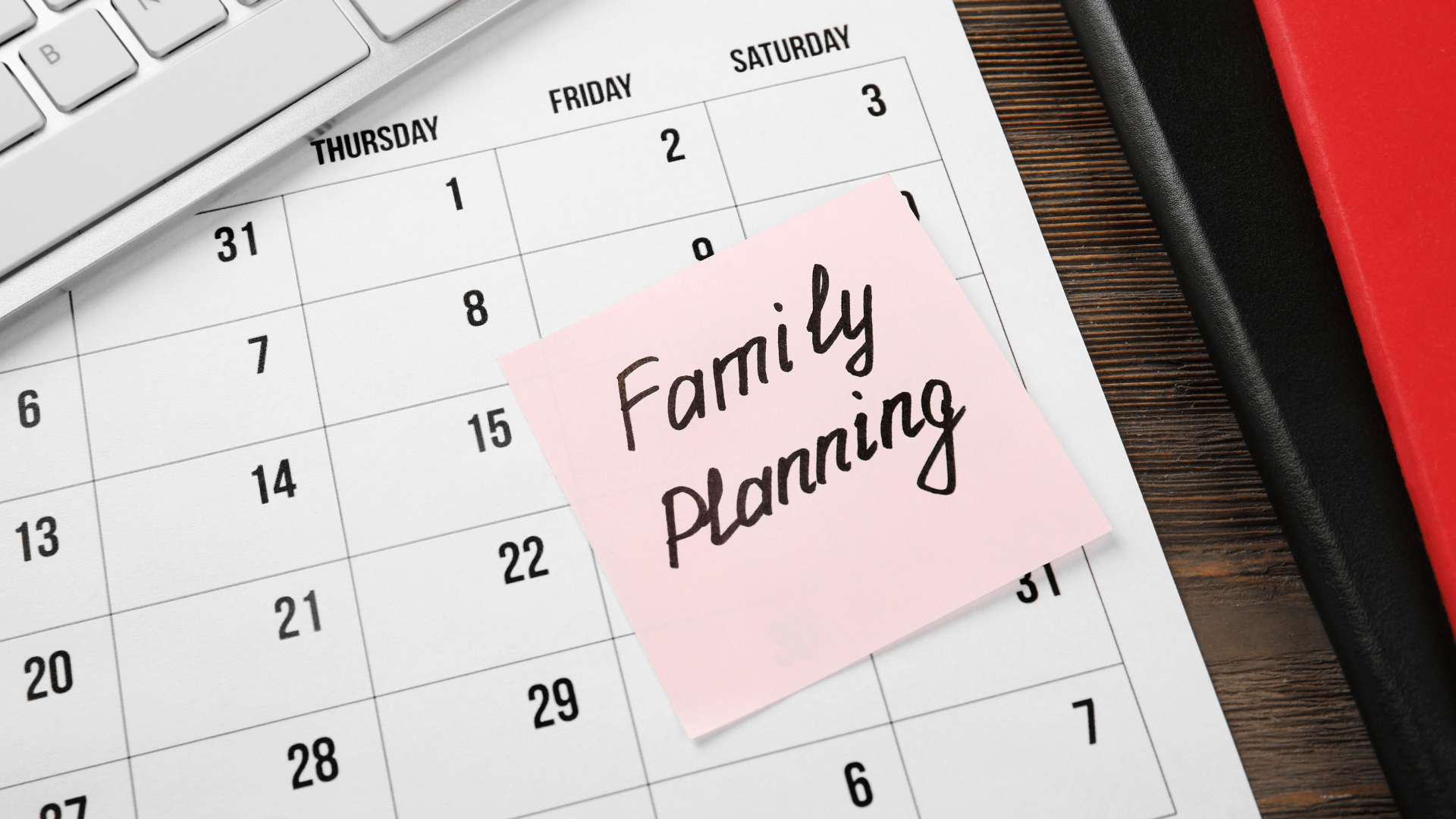If there were an award for one of the most stressful adult decisions, choosing the right birth control would definitely be a top contender, thanks to the multiple confusing options out there.
Pills? Daily Stress. Injections? Too painful. IUDs? Not for everyone. The idea of keeping it all natural sounds really good. No hormones messing with your period and no devices chilling in your uterus. Just you and your cycle working in sync…or not.
The truth? Sometimes your cycle can go rogue, stress or illness can throw your fertile window off course, and your “regular” period decides to surprise you by showing up early (or fashionably late). One small shift, and you go from confidently tracking your safe days to nervously Googling “early signs of pregnancy” at 1 am with a million tabs open.
Let’s save you that stress and really talk about natural family planning and what science says about how effective it is.
What Exactly Is Natural Family Planning?
Natural family planning is all about ditching the pills, implants, and IUDs and depending on your body’s natural signals, like your menstrual cycle pattern, cervical mucus, or basal body temperature, to prevent pregnancy.
It is also called the Fertility Awareness Method (FAM), and yes, it can actually work, but it is not a one-size-fits-all solution. The success depends largely on how carefully and consistently it is being used.
The Main Methods of Natural Family Planning
Calendar or Rhythm Method
This method involves tracking your cycle to predict your fertile window, which is when the chances of pregnancy are most likely. The idea is to avoid unprotected sex on your fertile days.
How it works:
- Track the length of your menstrual cycles for at least 6 to 12 months to figure out the shortest and longest cycles.
- Subtract 18 from the length of your shortest cycle to give you the first fertile day.
- Subtract 11 from the length of your longest cycle to give you the last fertile day.
- The days in between are “no-go” zones for unprotected sex.
For example, if your shortest cycle was 26 days and the longest was 31 days, then:
- 26-18= Day 8 (first fertile day)
- 31-11= Day 20 (last fertile day)
- So you’d avoid sex from Day 8 to 20.
Now, you’re wondering why that window is so long. Biologically, the fertile window is about 5 days before ovulation and the day after, but ovulation doesn’t always stick to a perfect schedule.
So, the calendar method casts a wider safety net to make sure you don’t miss early or late ovulation. It’s more about covering all possible scenarios.
Best for: Women with very regular cycles who are patient enough to do all that tracking and okay with long stretches of “no-go” days.
The Catch: This method assumes your cycle is predictable and is not super forgiving if your cycle length changes a lot. Life and your hormones love plot twists, so if you’re someone whose period loves surprises, this method can be risky.
Tip: If maths was not your favourite subject in school, you can use a period tracker app, like Fertitude’s, to help you do the calculation.
Cervical Mucus Method
Around ovulation, your cervical mucus becomes clear, stretchy, and slippery (like egg whites) to make it easier for sperm to swim through.
The best way to use this method is to note what your cervical mucus looks like each day. Doing this would let you pick up changes as soon as they occur. You can go digital and log your cervical mucus changes using the period tracker on the Fertitude app.
Best for: Women consistent with checking their cervical mucus.
The Catch: Illness, infections, or even semen can make mucus readings tricky.
Basal Body Temperature Method
After ovulation, progesterone makes your resting (basal) body temperature rise slightly (about 0.2–0.5°C).
Check your temperature with a thermometer every morning before getting out of bed, and look for that small rise after ovulation.
Best for: Morning people who can stick to daily tracking.
The Catch: This rise in temperature signifies that ovulation has already happened, so using it by itself is not the best way to prevent pregnancy. Also, sickness, poor sleep, alcohol, or even forgetting can mess up the readings.
Symphothermal Method
This is the star girl of natural methods. It involves using a mix of calendar, cervical mucus, and temperature tracking to get a more reliable picture of when you’re fertile.
Best for: Women who like being thorough and want more accuracy.
The Catch: It takes real commitment. Skipping methods or being halfhearted makes it less reliable.
Lactational Amenorrhoea Method
Breastfeeding can actually be used as a form of birth control, but only under very strict rules. When you exclusively breastfeed, day and night with no long gaps, your body naturally suppresses ovulation for a few months.
Best for: New moms who are fully breastfeeding.
The Catch: Once your baby is older than 6 months, you go more than 4 to 6 hours without breastfeeding, or your period returns, it’s no longer reliable.
How Effective Are FAMs?
When used perfectly and correctly all the time, fertility awareness methods are between 91% and 99% effective, but with the typical use rate, aka human error, they are only about 76% effective.
Who Natural Family Planning Might Work For?
- Couples who want a hormone-free option.
- Women with very regular cycles.
- Those who are very motivated and consistent with tracking.
Who It Might Not Be Great For?
- Women with irregular periods.
- Postpartum women, except those who use the breastfeeding method very strictly.
- People who find it hard to track daily changes.
Final Thoughts
Natural family planning can work, but only if you’re disciplined and consistent. Remember that your hormones and your cycle don’t always read the memo, and when you add stress, illness, or even postpartum changes, it can throw your timing off, and one small change can make a big difference.
At the end of the day, the “best” birth control isn’t about what’s most natural, or what sounds easiest on paper, but it’s the one that actually fits your body, your lifestyle, and your peace of mind.
References
Rhythm Method: Birth Control, Calendar & Effectiveness
Natural Family Planning – StatPearls – NCBI Bookshelf





